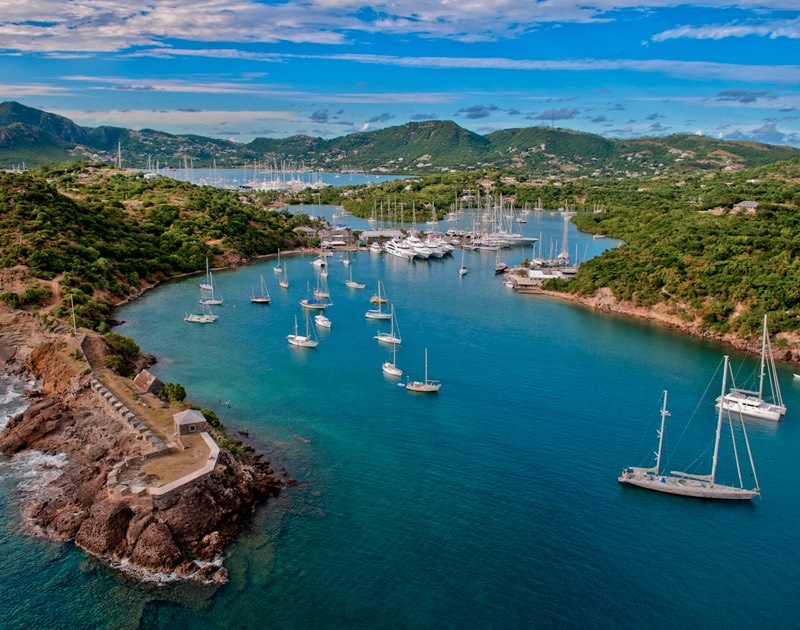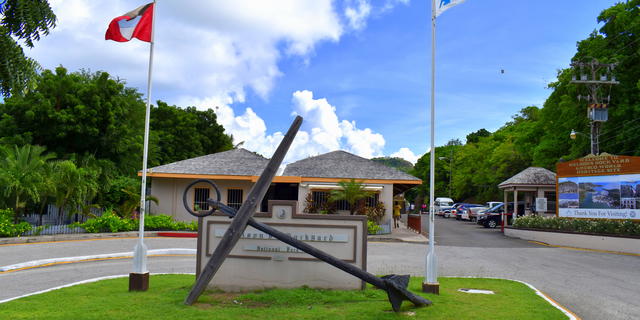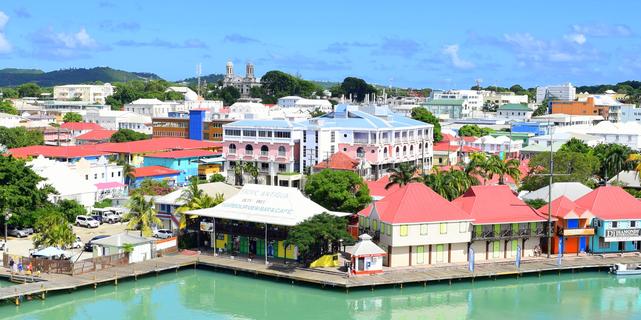listen to the world around you
GeoTourist is your own personal tour guide in Antigua providing a walking tour of the St. John’s City and UNESCO World Heritage Site – Nelson’s Dockyard. Based on your exact location access auto-play guided audio tours in multiple languages right on your smartphone.
As you walk, around locations tagged by you in your journey, your audios launch automatically providing an immersive experience like never before.
Tours in Antigua and Barbuda
Our City Heritage Tour
In 1666 only a small group of houses existed in the cove, which is now know as St. John’s Harbour.
The Harbour was shallow but ideal for loading the English Colony’s export into small boats which were sailed out to merchant ships anchored offshore. The produce then was sugar, tobacco, indigo and ginger.
Freed indentured labourers from Scotland set up shops along Market Street and it became known as Scotch Row.
In 1667, the town of St. John’s was built. It was named after the Saint St. John the Divine. St. John’s is always spelt with an apostrophe.
The streets were formerly laid out in 1702 and it became a city in 1842.
After the devastating fire of 1841, a construction boom took place in St. John’s, the simple Georgian style buildings were replaced with the Romantic and Victorian styles of architecture.
The architectural heritage of St. John’s is derived from the 18th and 19th century styles from England, modified to meet local needs with available skill and materials. The Georgian and Romantic Influence can still be seen in the Government and ecclesia buildings, such as The Museum of Antigua and Barbuda (The original Courthouse Building), Government House, St. John’s Cathedral and Ebenezer Methodist Church.
Nelson’s Dockyard Tour
Welcome to the Dockyard walking tour. While you take in the picturesque scenery, let us give you an introduction to this tourist site.
The history of Nelson’s Dockyard dates back to the 18th-century when the British Royal Navy had its base of operations in this area. It was built by African slaves to maintain Royal Navy warships that were protecting Britain’s valuable sugar-producing islands. Moreover, the British recognised the strategic importance of the harbour to protect ships from hurricanes, plus its position in the south of the island made it easy to monitor French naval activity.
The dockyard was abandoned in 1889 and was subsequently battered by hurricanes and earthquakes for the next 60 years. In the 1950s, it underwent a major restoration and was officially named after its famous former resident, Admiral Horatio Nelson, a British naval officer who lived here from 1784 through 1787. Part of Nelson’s morning ablutions while living in English Harbour was to have six pails of saltwater poured over his head each day at dawn.
As you will soon observe, this site boasts whimsical charm and elegant 18th- and 19th-century buildings which have been immaculately restored to their original splendour. They now house shops, hotels, a museum and other modern amenities in them. The dockyard was named a UNESCO World Heritage Site in 2016, and today is the Western Hemisphere’s only working Georgian-era dockyard.







